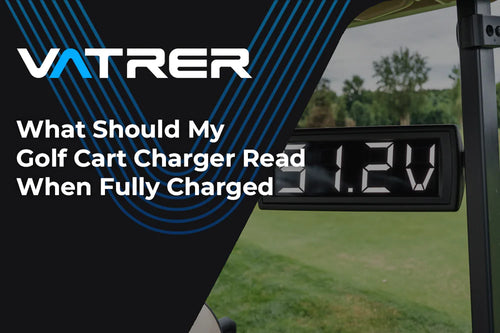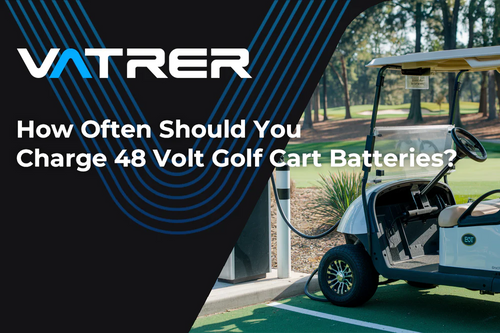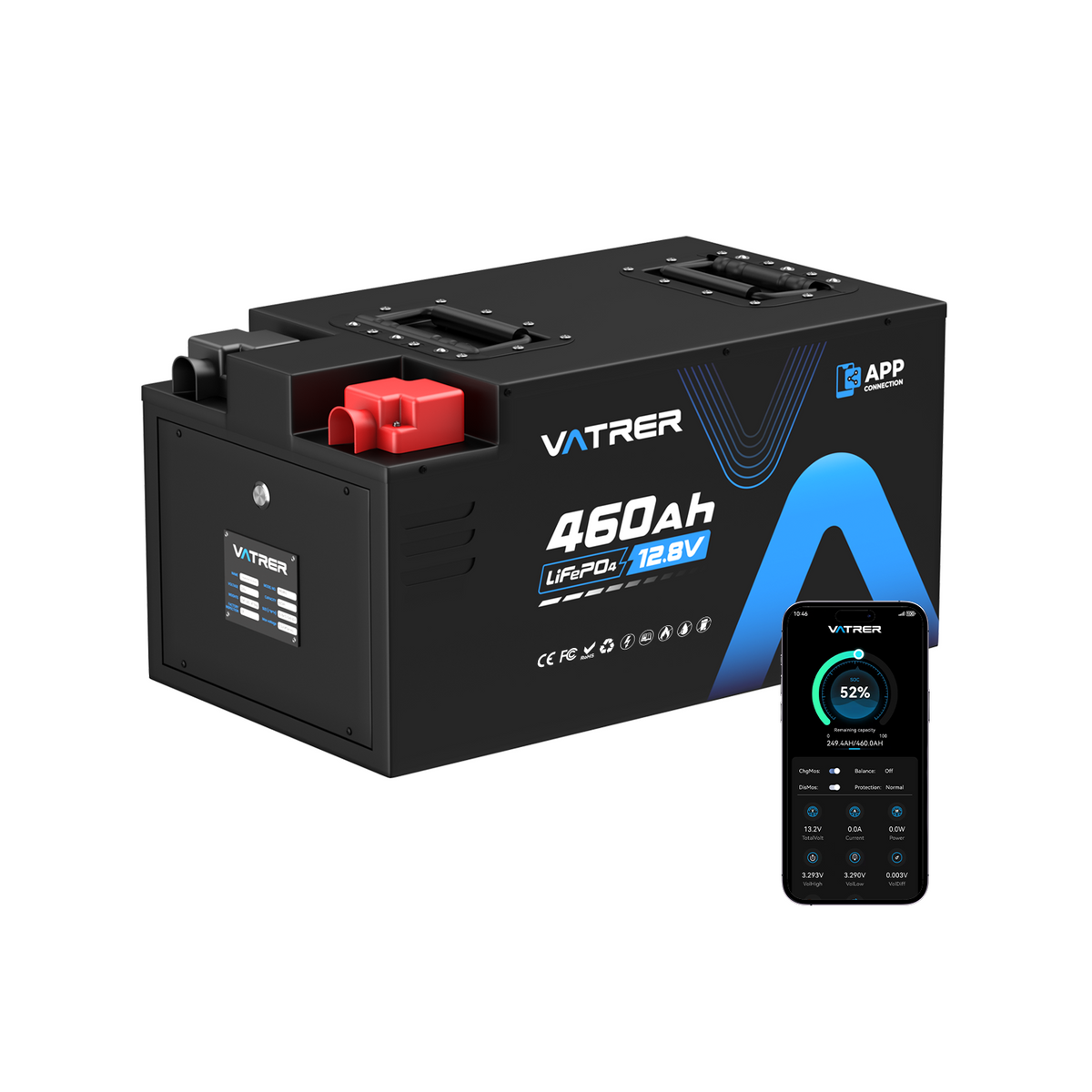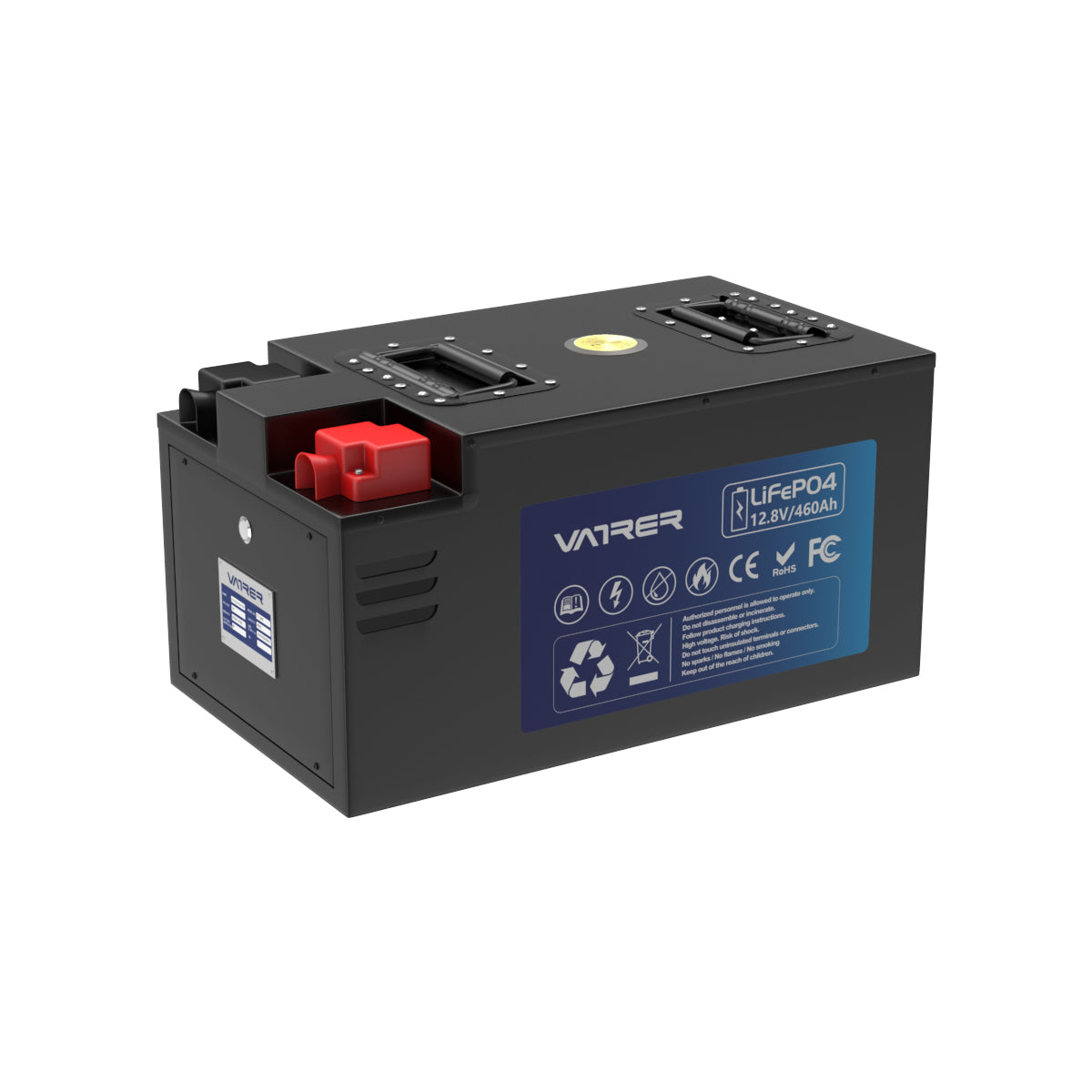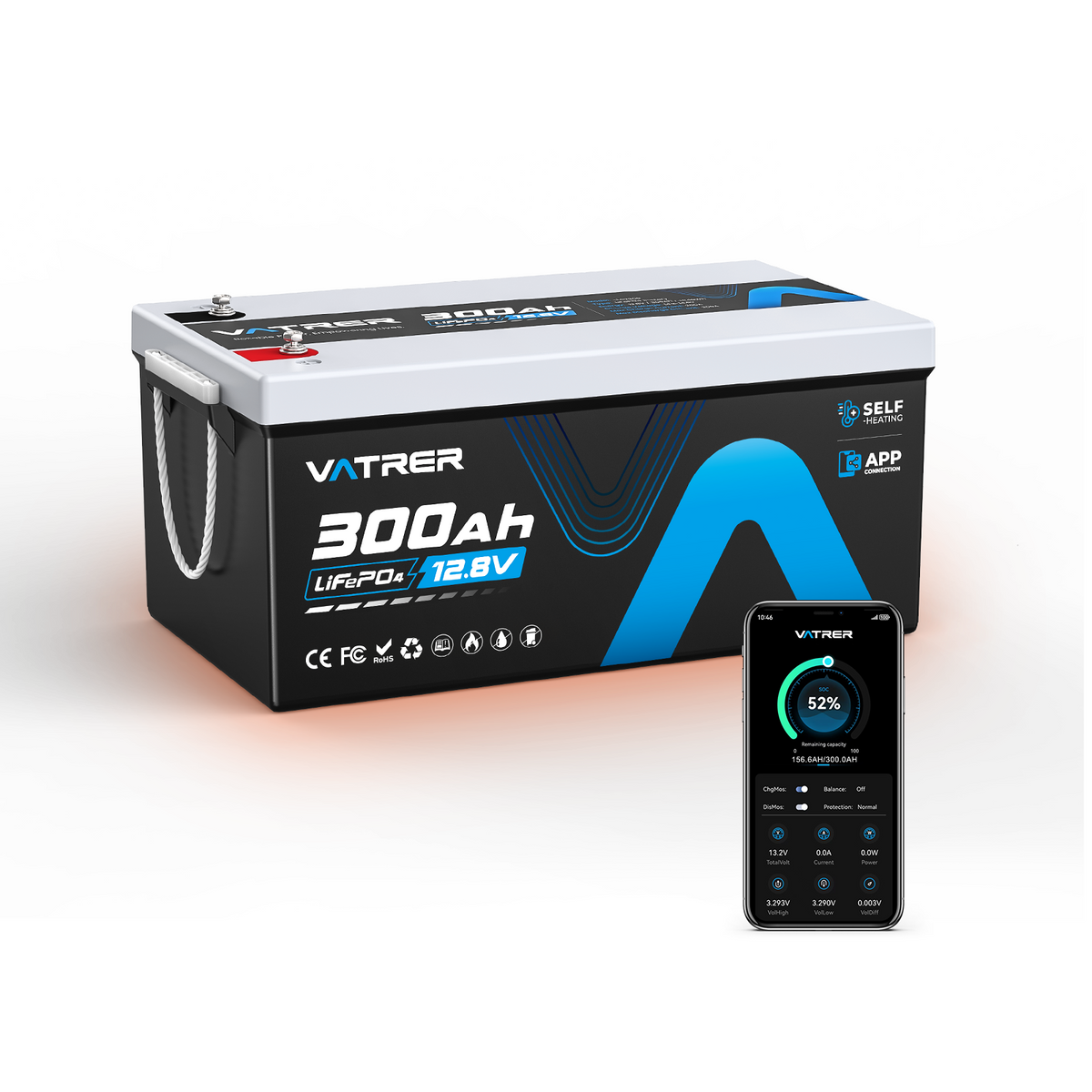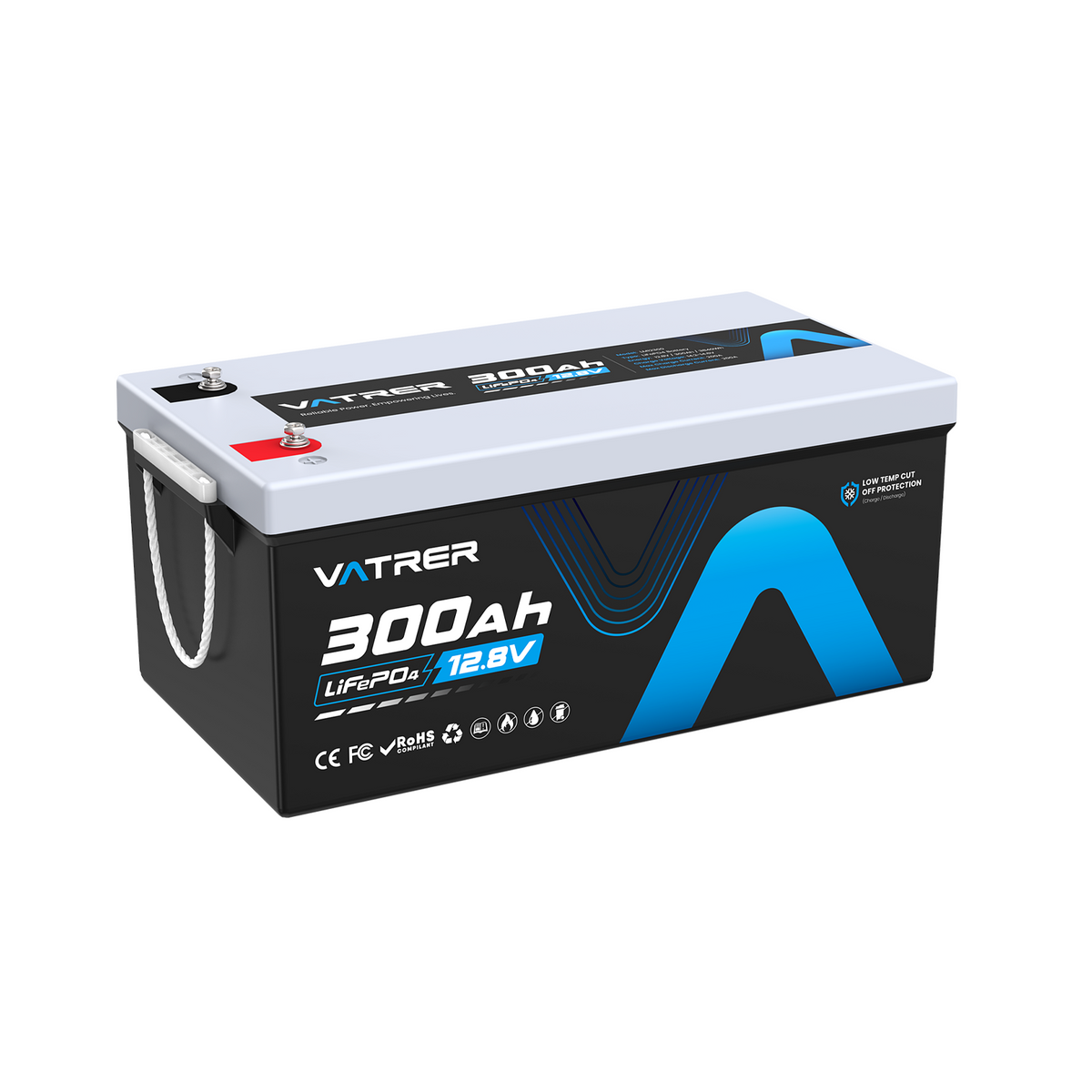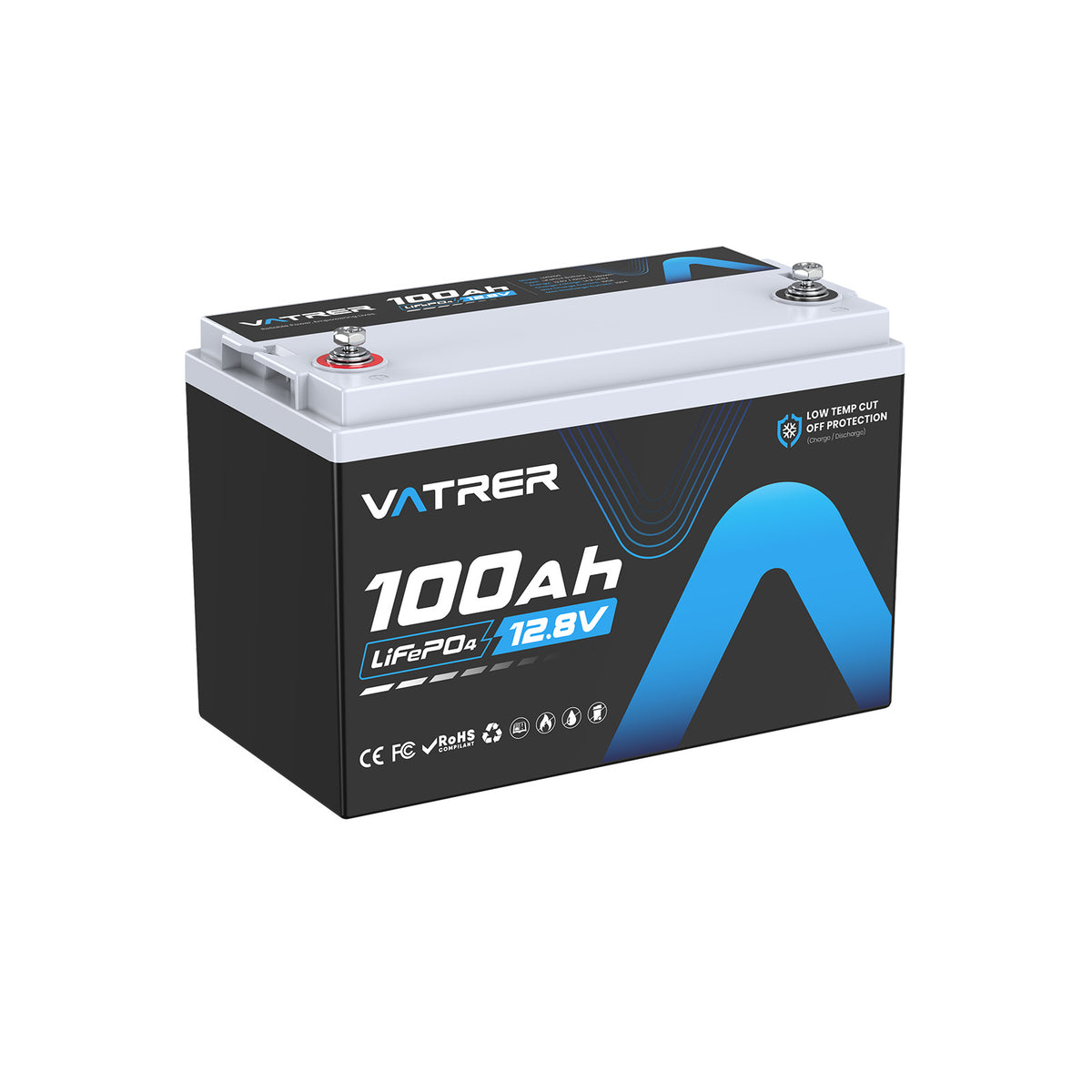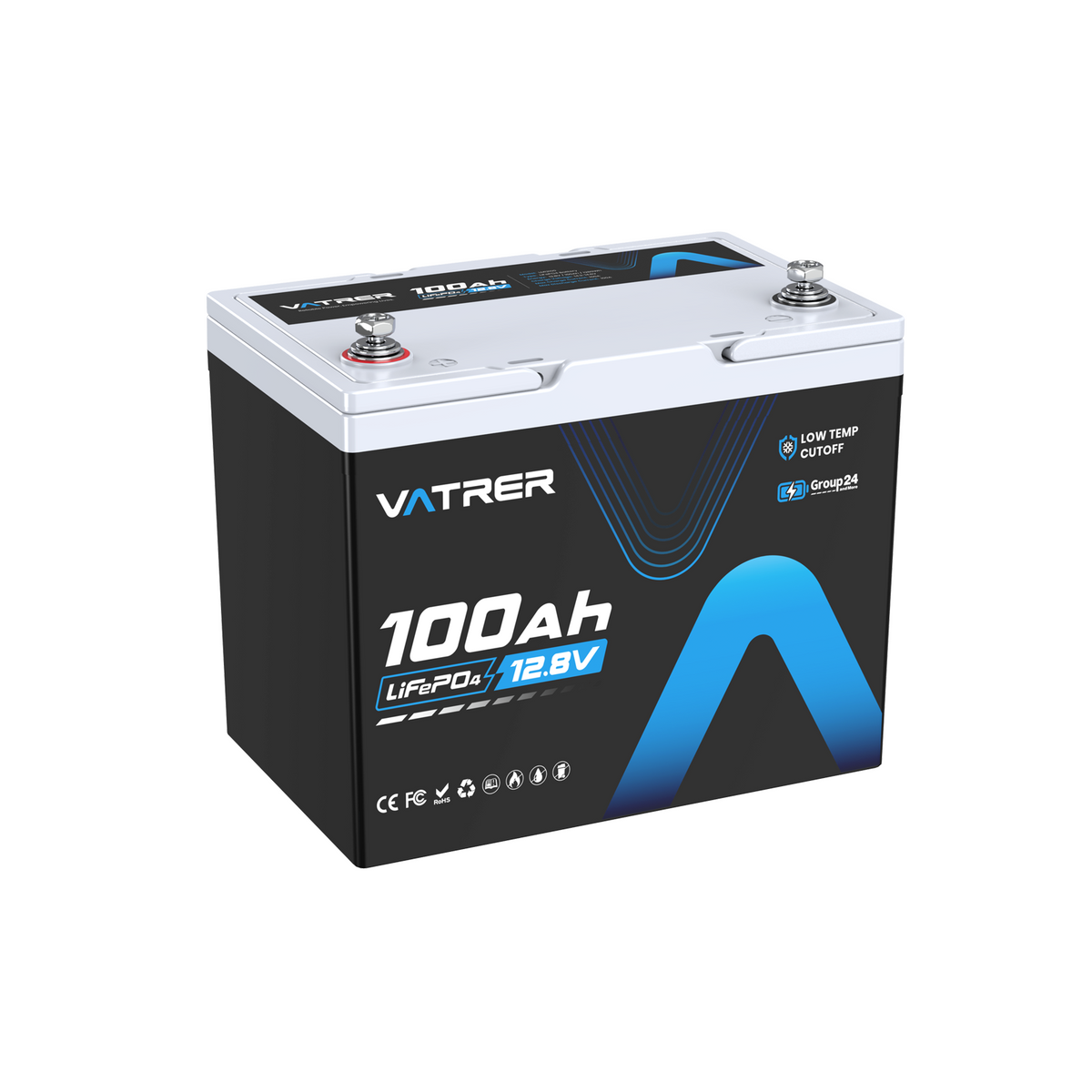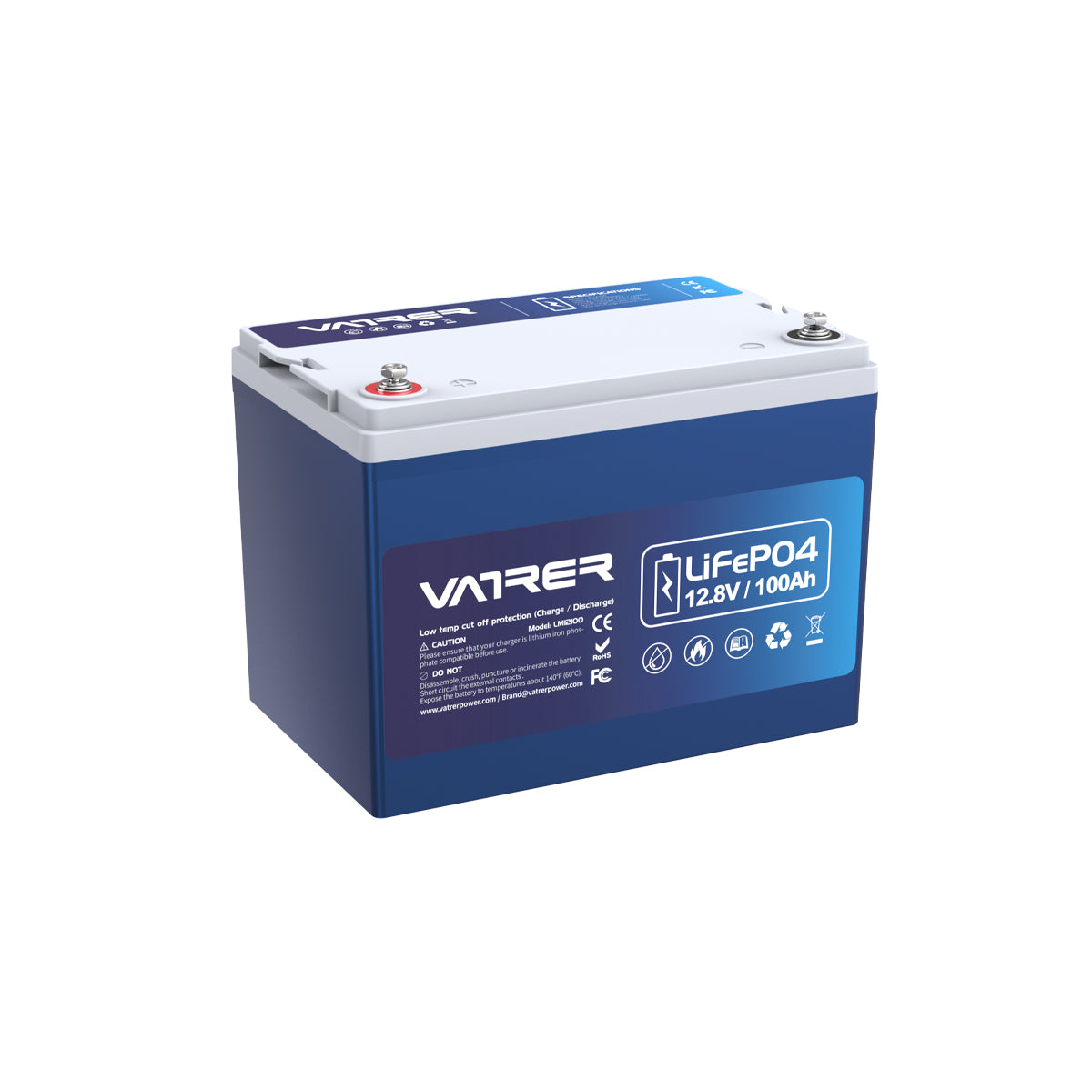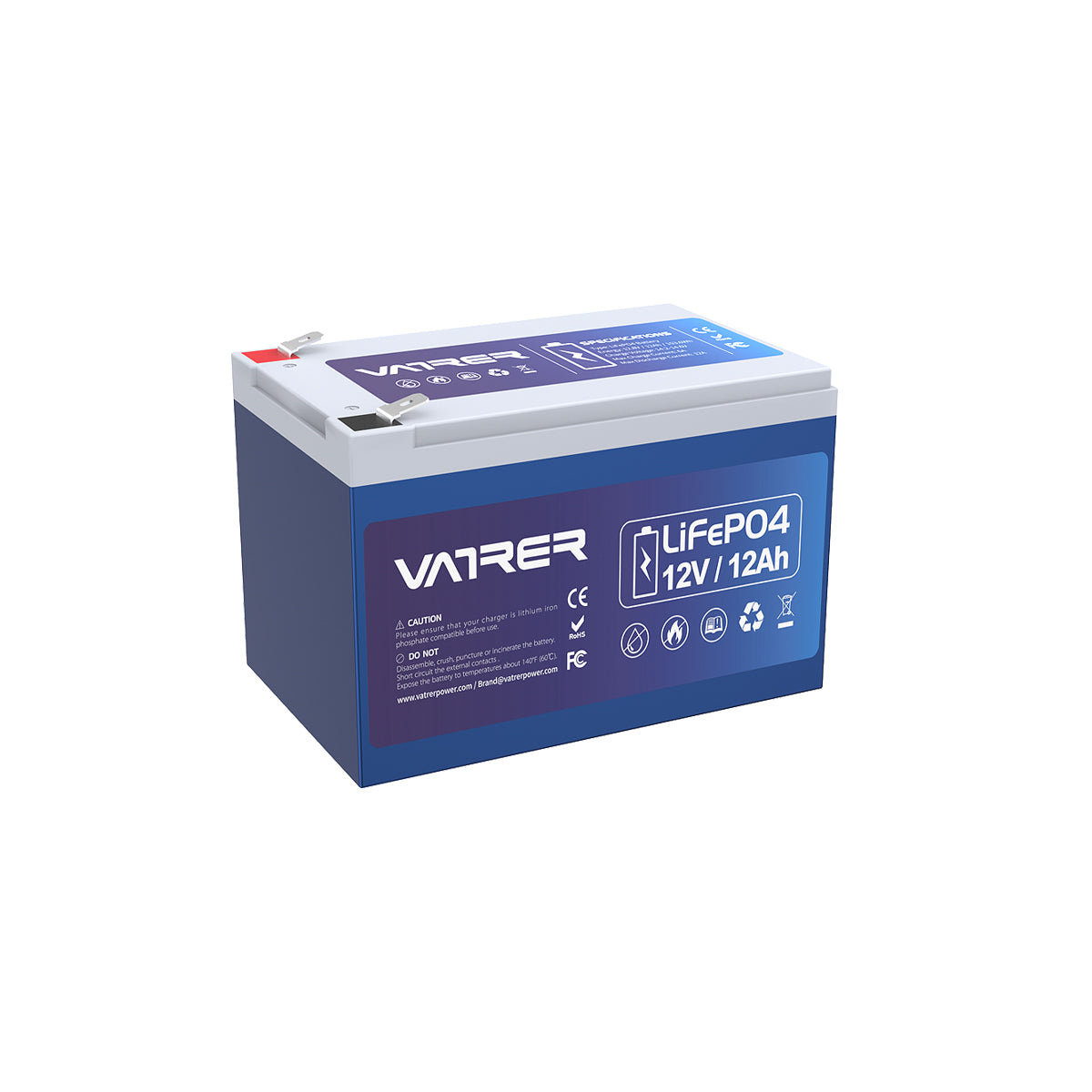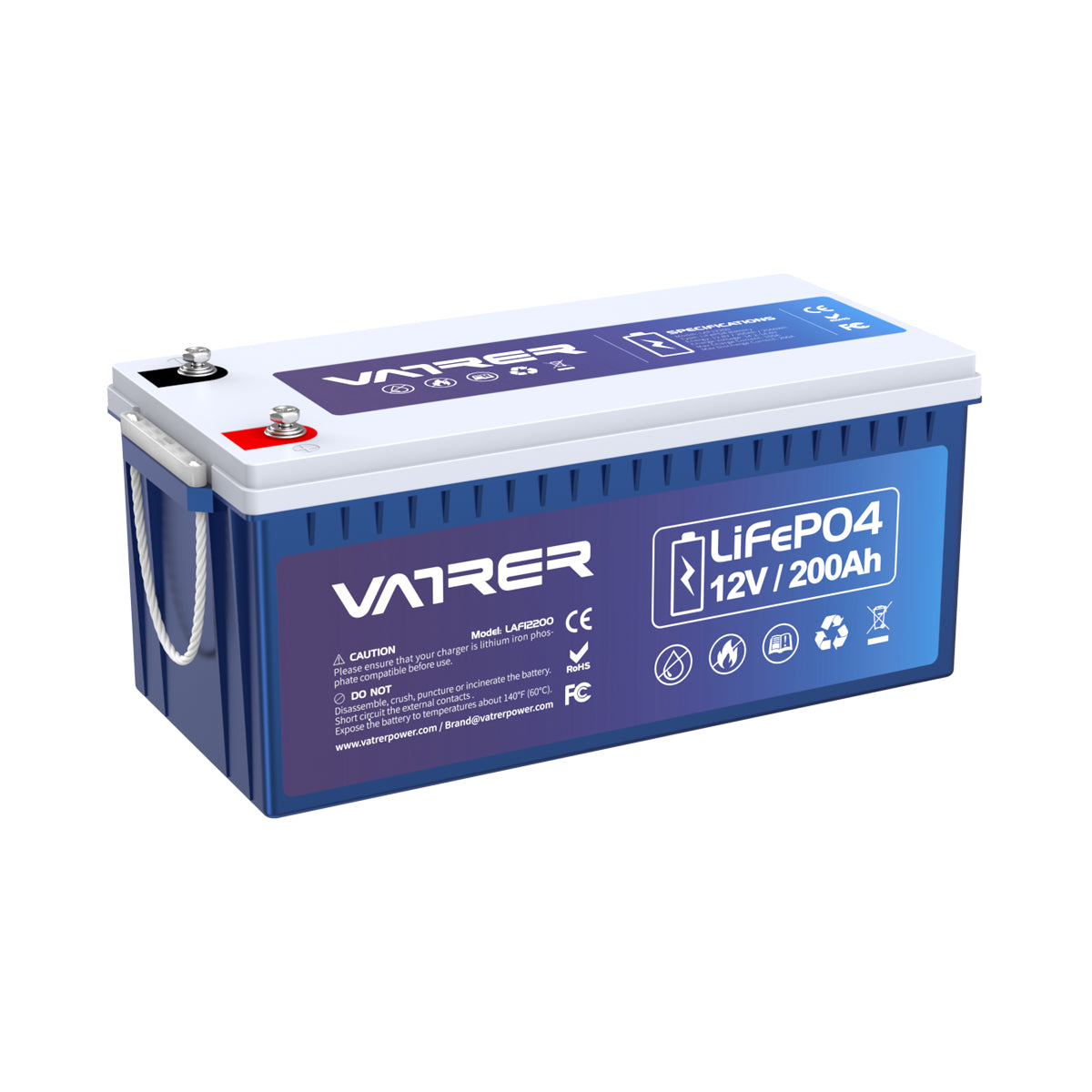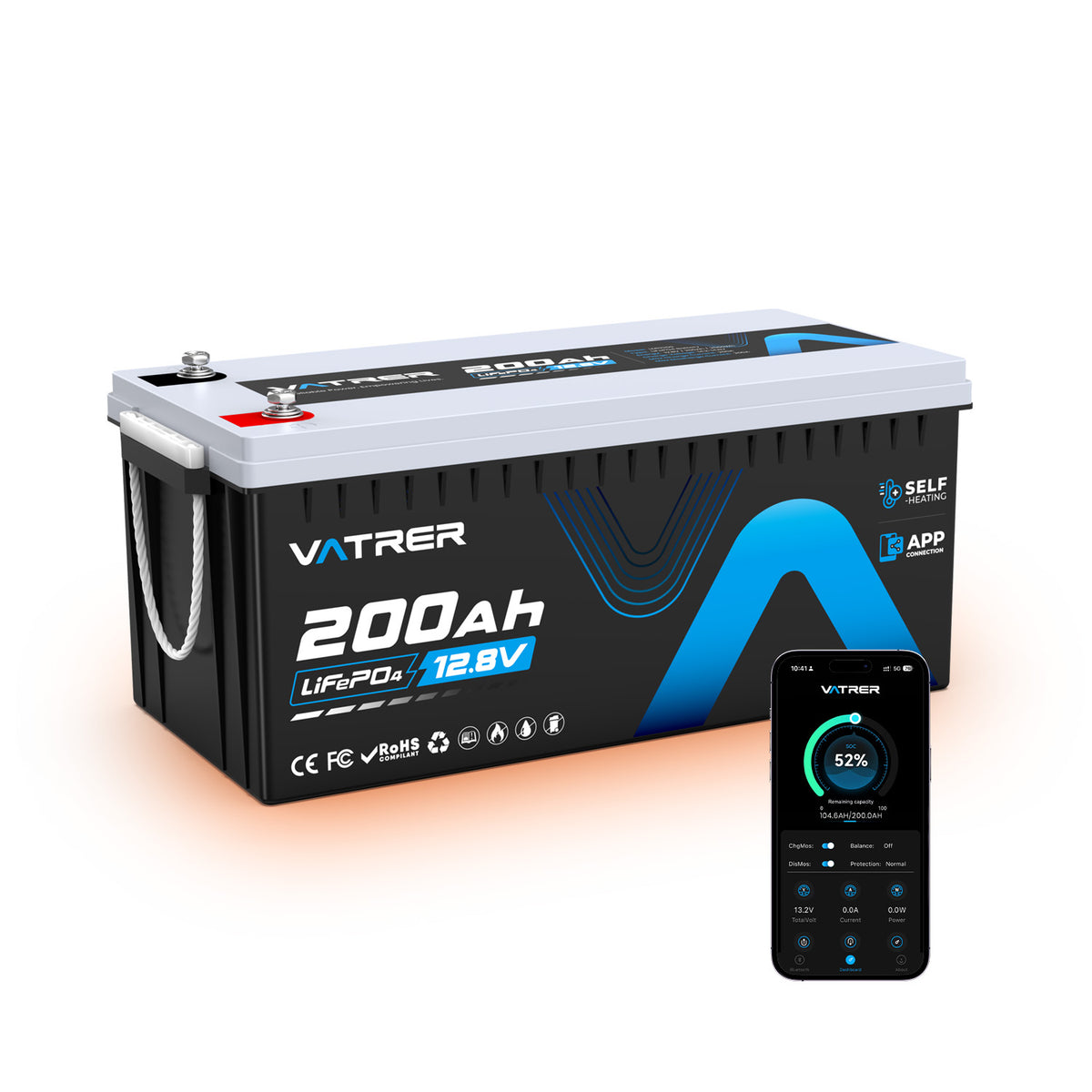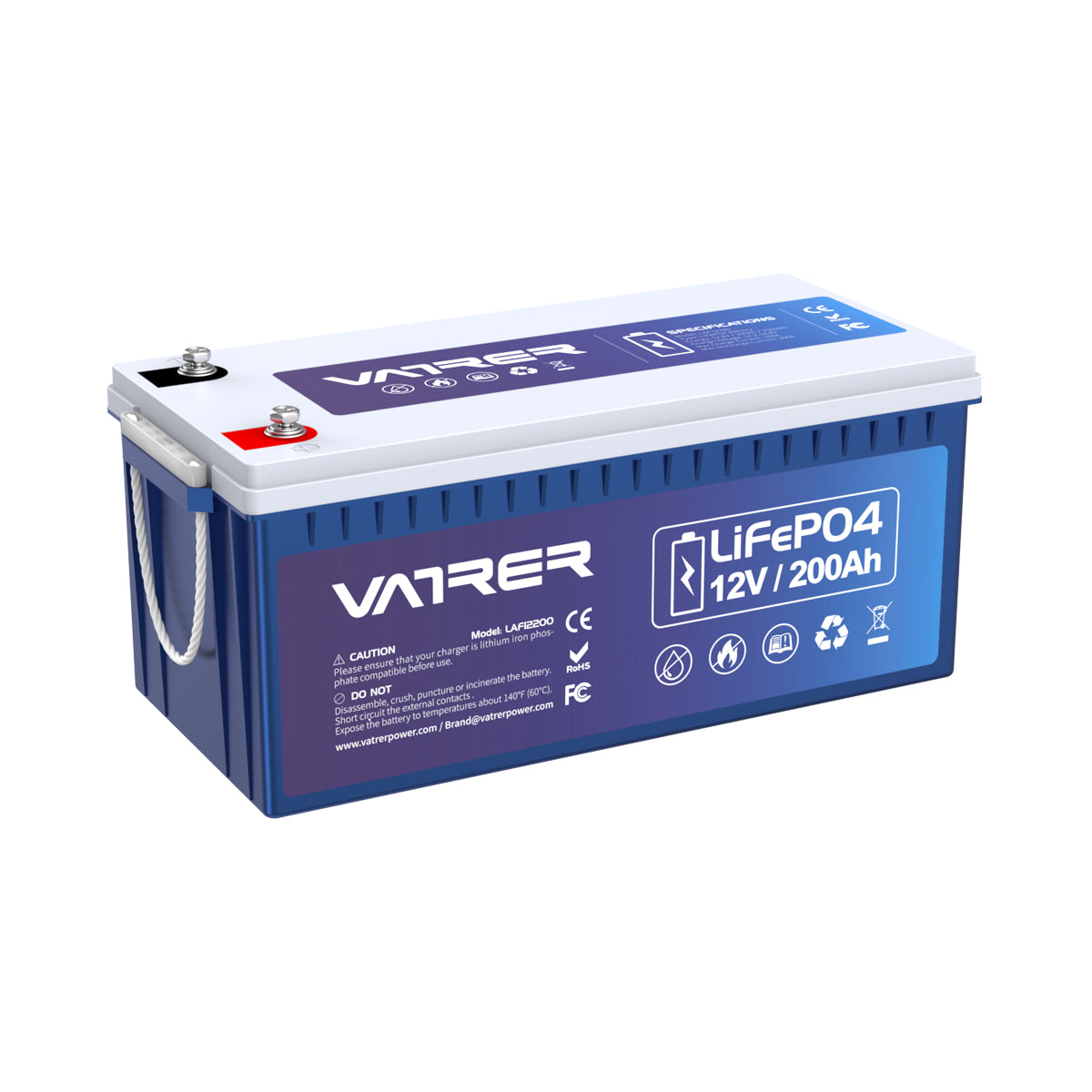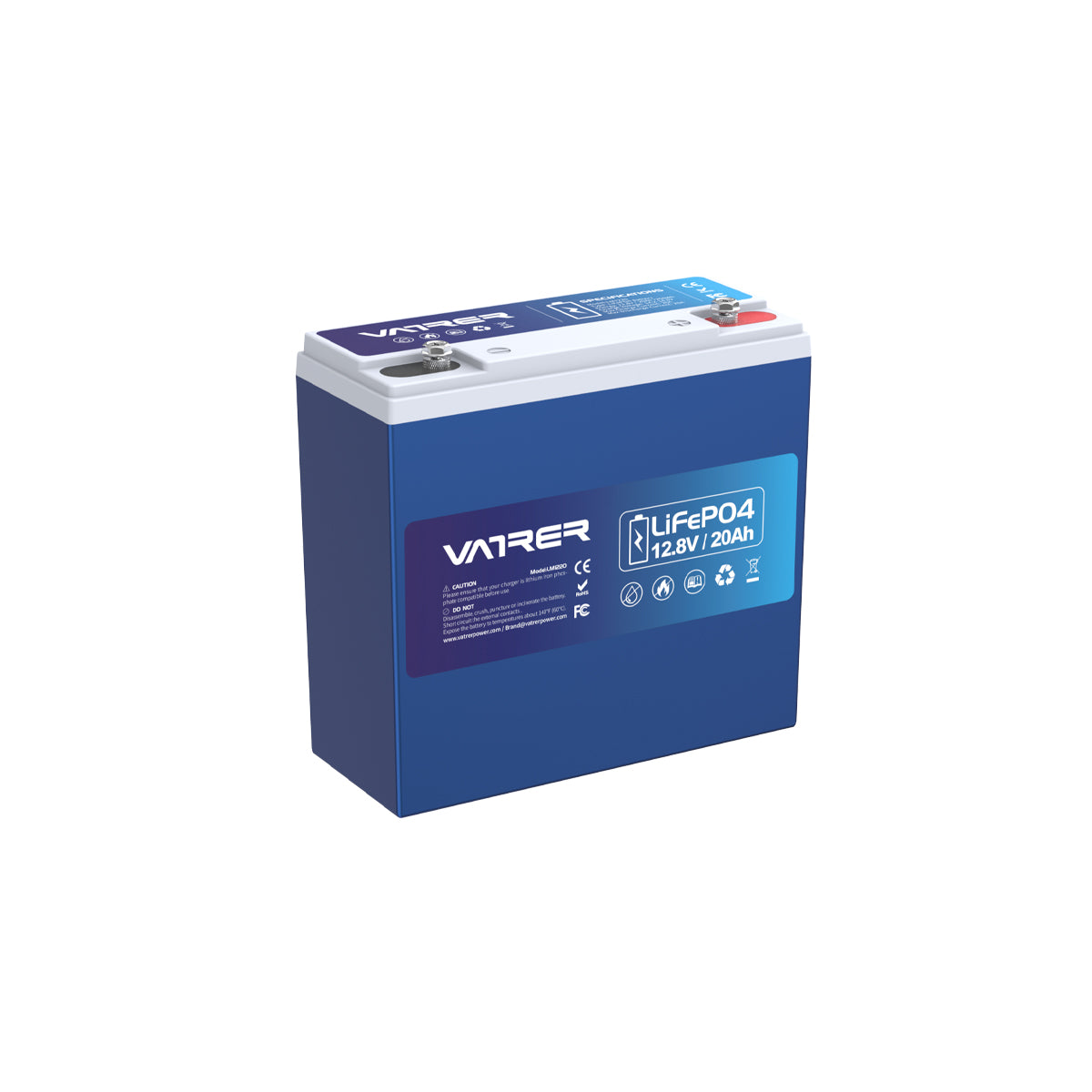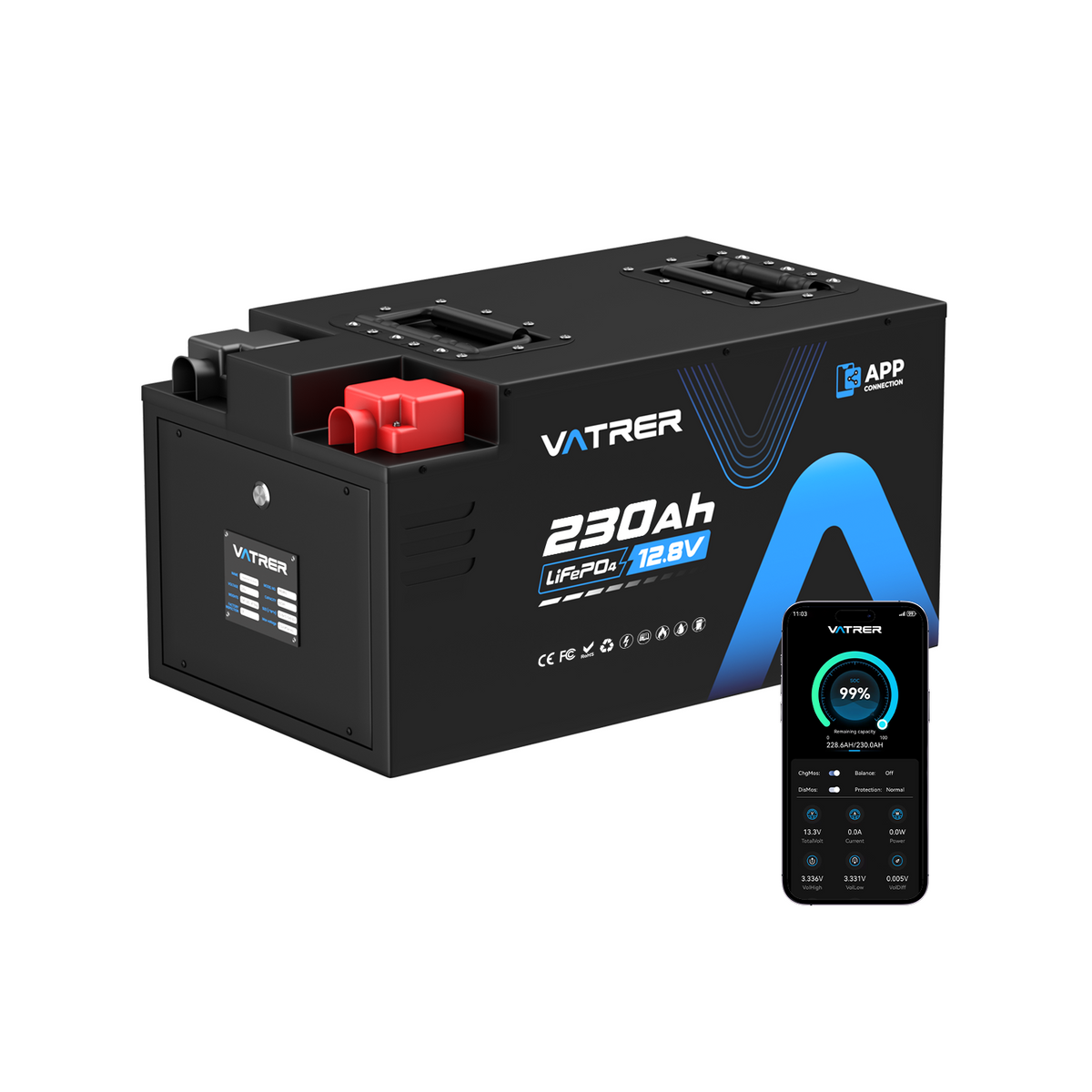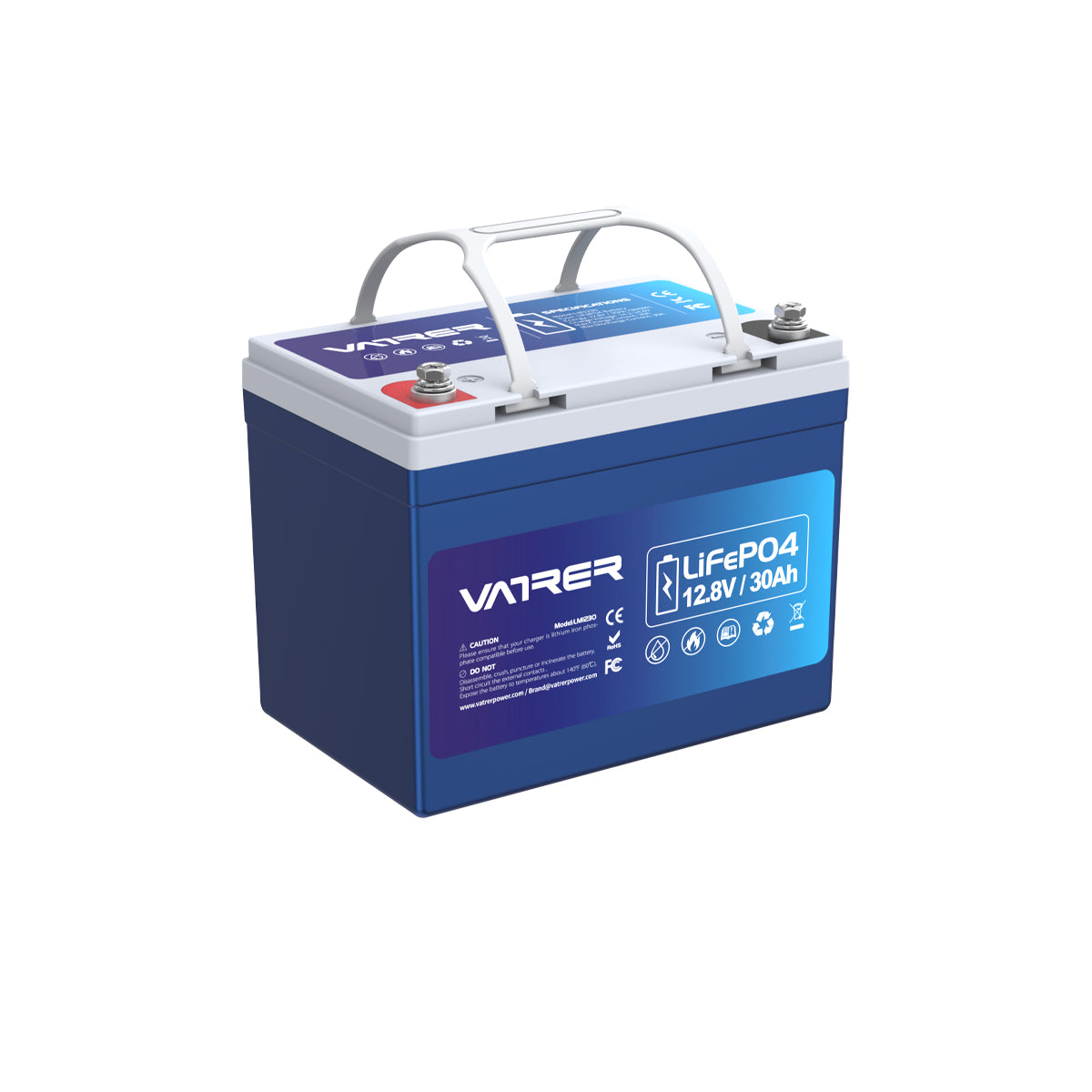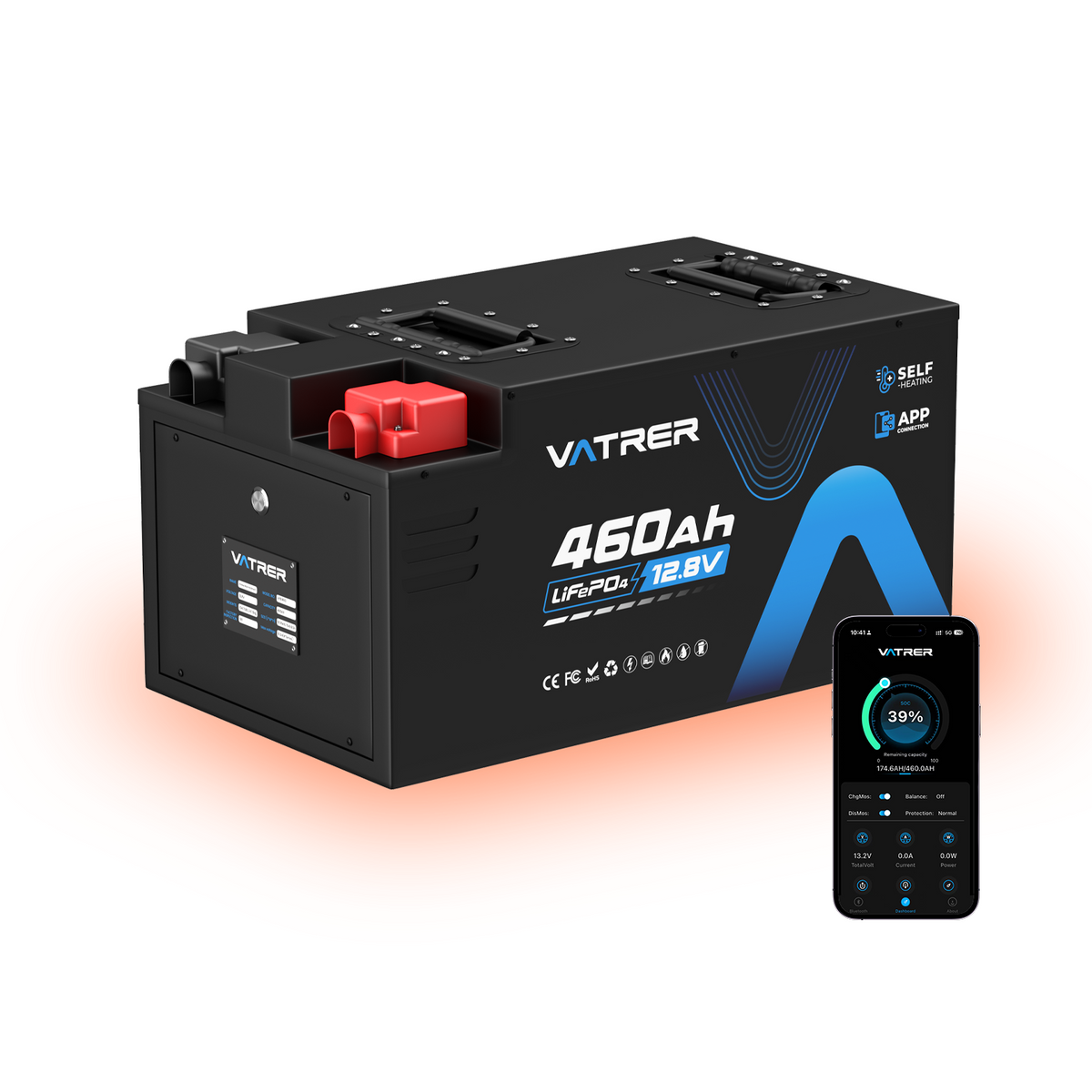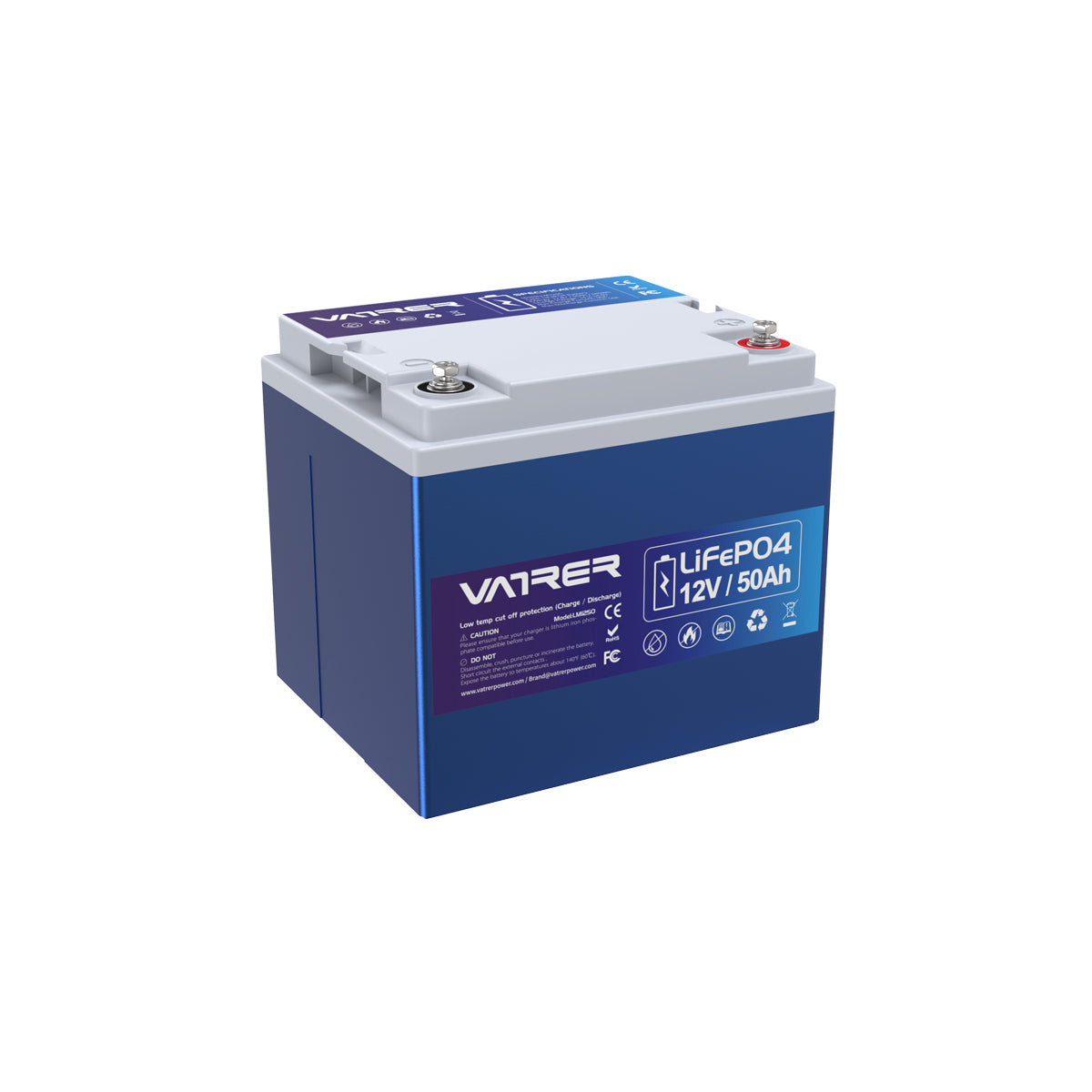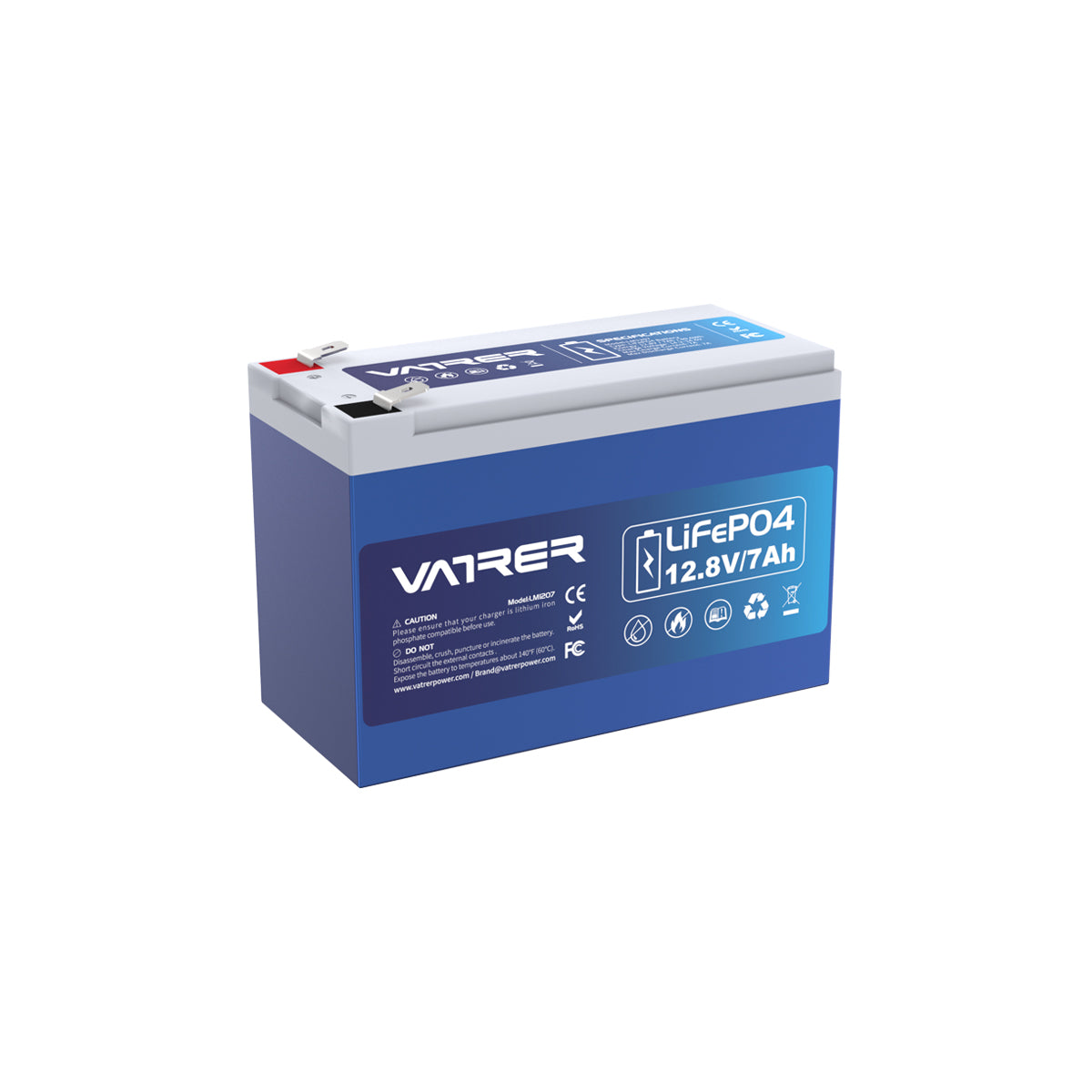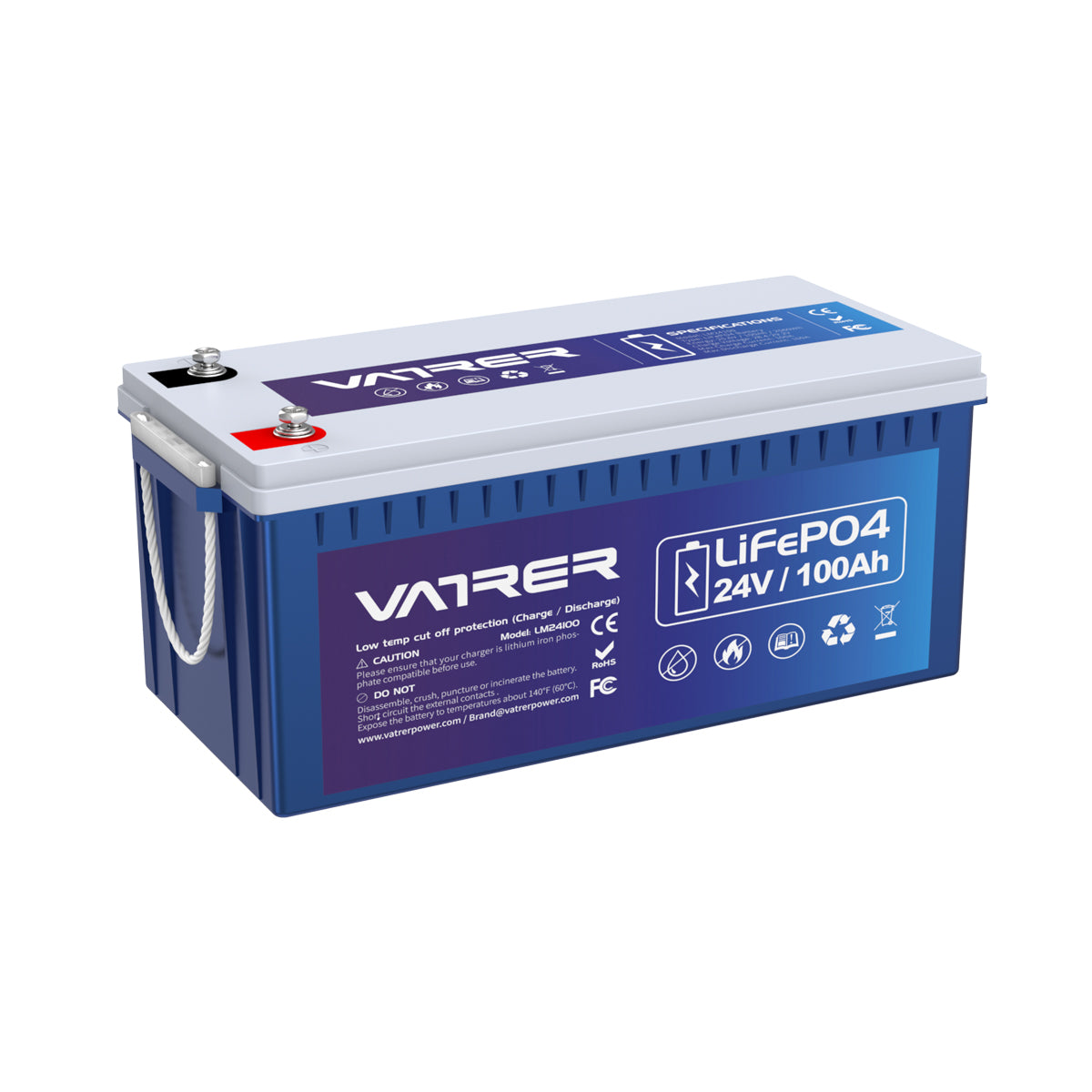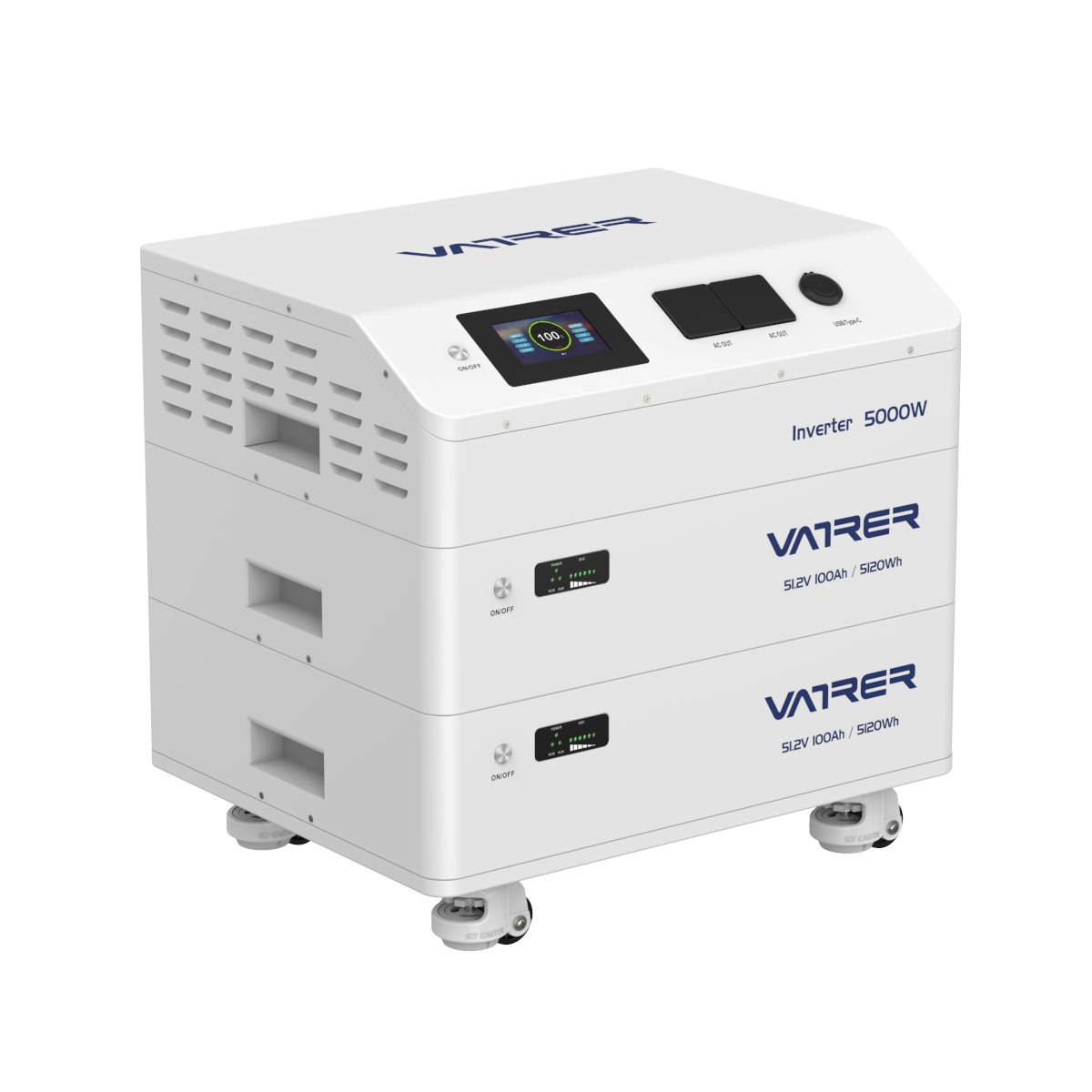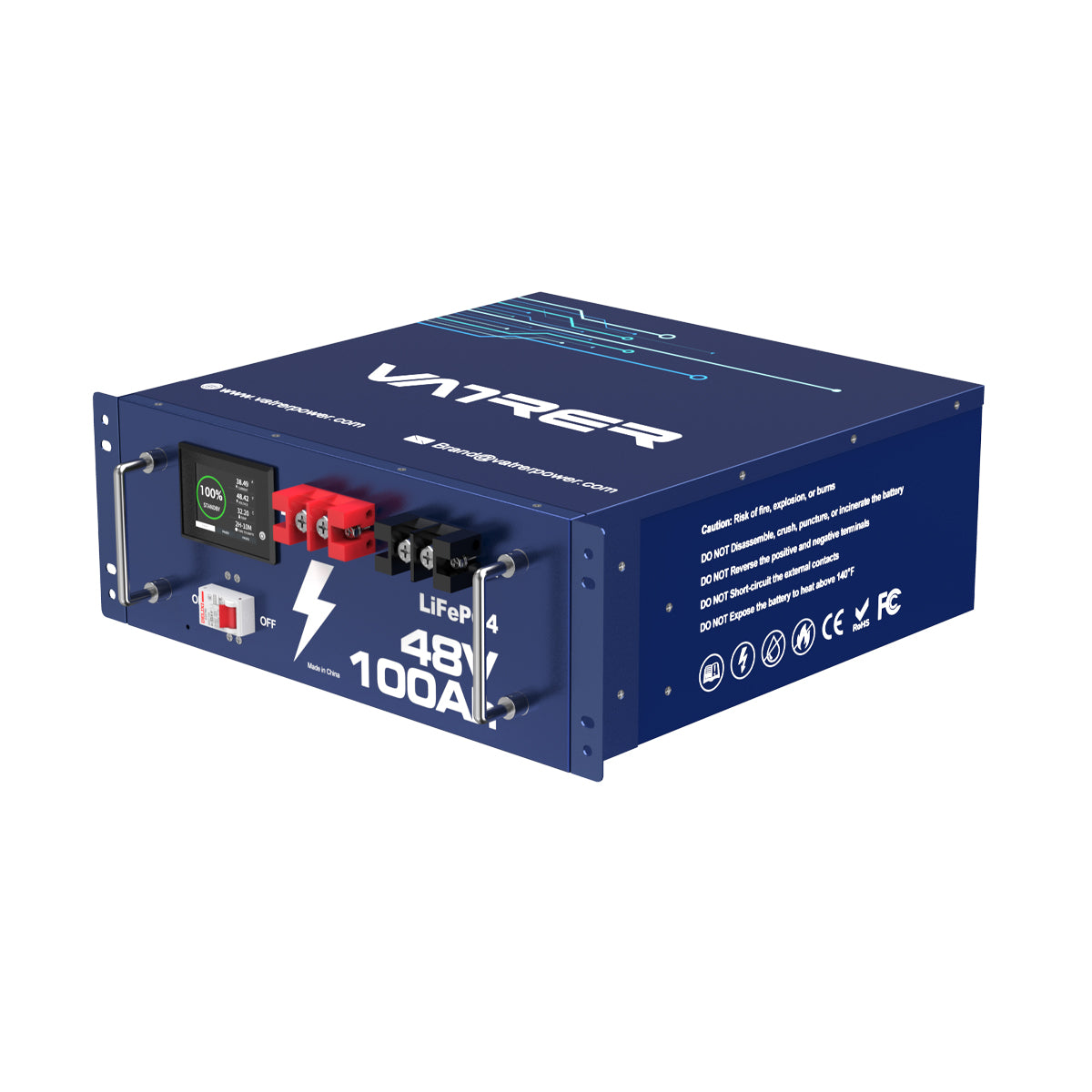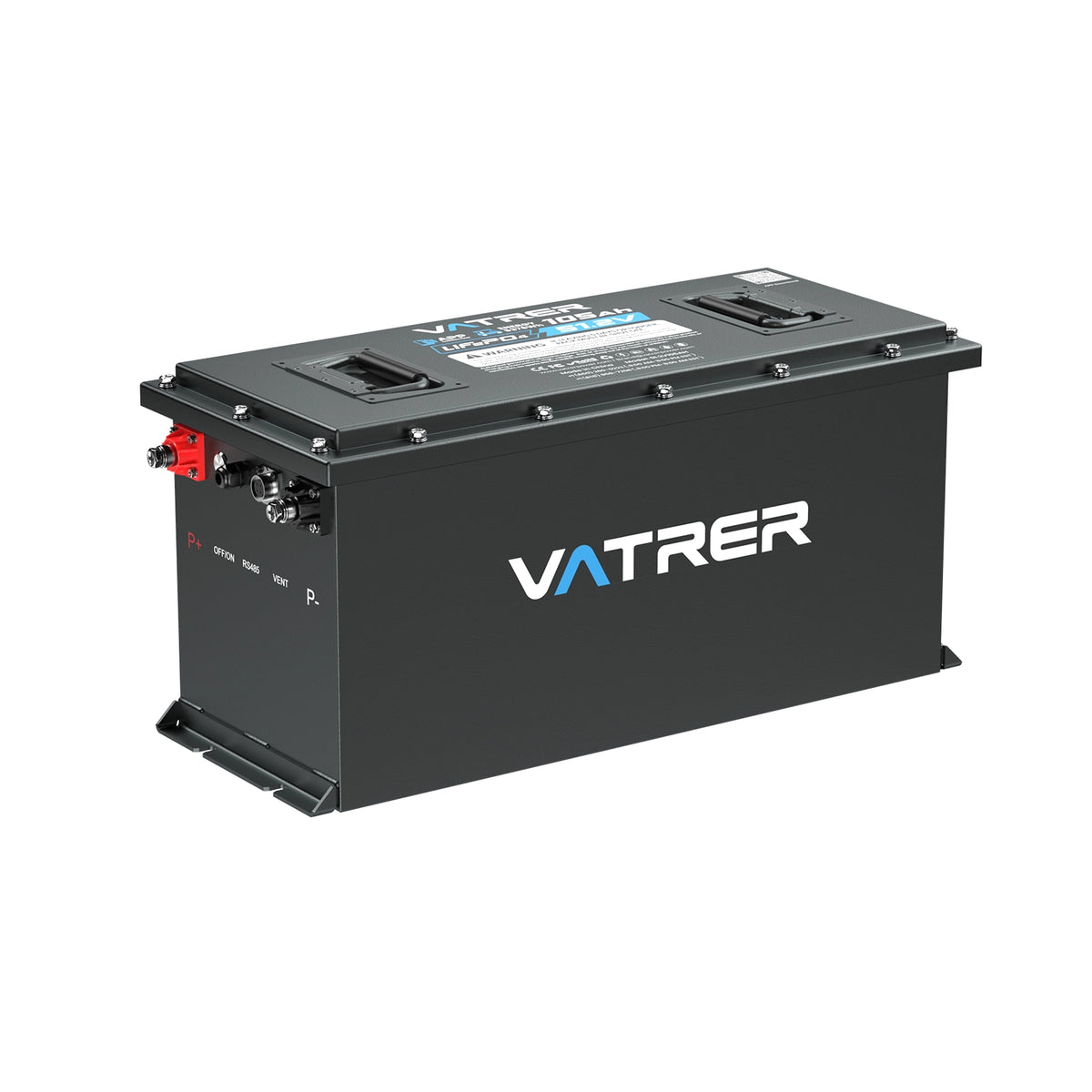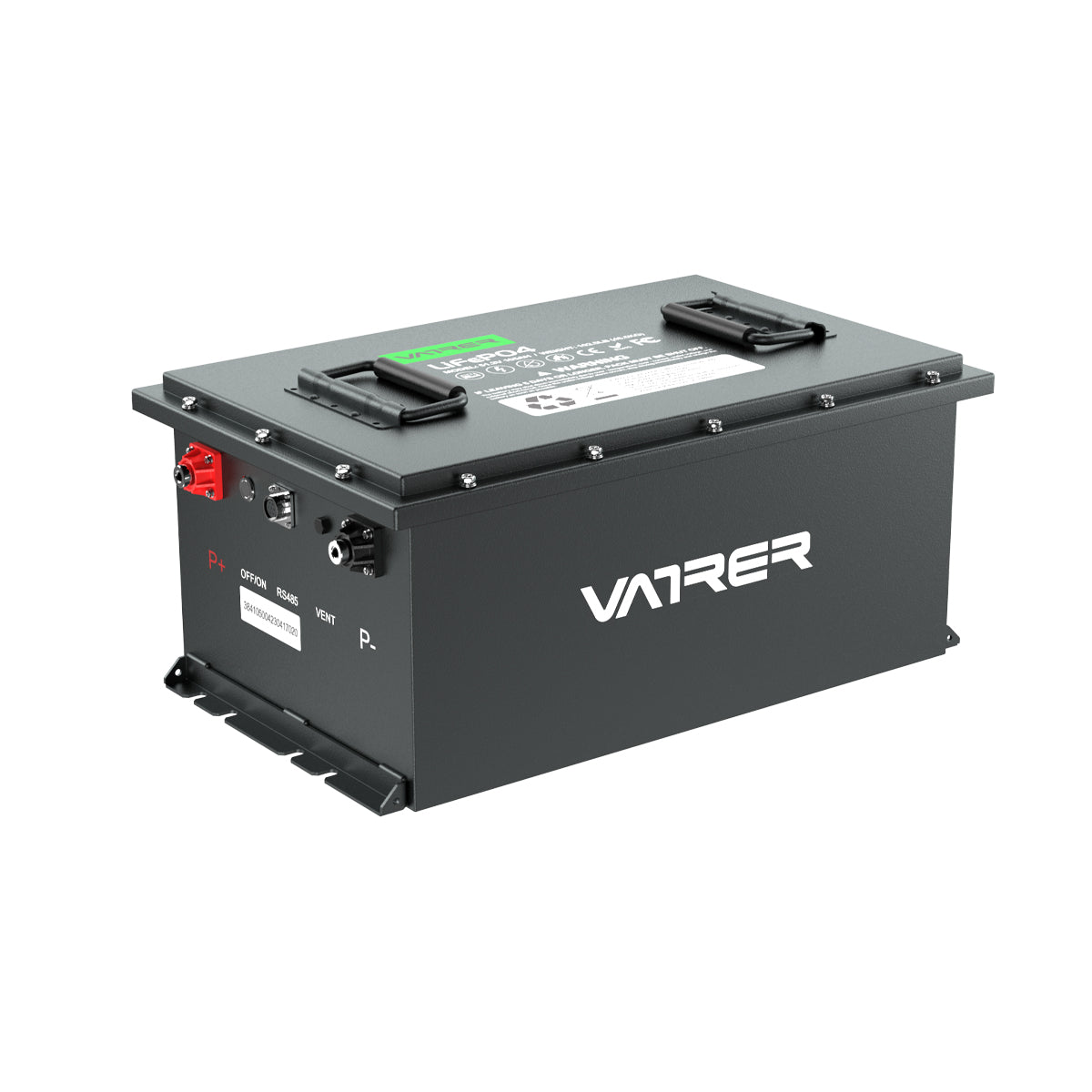Table of Contents
- Understanding the Benefits of 48V Systems
- Step-by-Step Guide to Converting Your EZGO Cart
- Step 1: Feasibility Check
- Step 2: Motor Upgrade
- Step 3: Battery Replacement
- Step 4: Controller and Solenoid Upgrade
- Step 5: Wiring and Electrical Components
- Step 6: New Charger
- Step 7: Professional Installation
- Step 8: Testing and Adjustments
- Step 9: Final Inspection
- Conclusion
Upgrading a golf cart from a 36V system to a 48V system is a common modification for golf cart enthusiasts who are seeking improved performance, including increased speed and better hill climbing capabilities. If you own an EZGO golf cart and are considering this conversion, this blog post will guide you through the feasibility of the process, the steps involved, and the benefits you can expect.

Understanding the Benefits of 48V Systems
Before diving into the conversion process, it's important to understand why you might want to upgrade to a 48V system. The primary benefits include:
-
Increased Power: A higher voltage system can deliver more power, improving the cart's ability to handle steep terrain and carry heavier loads.
-
Enhanced Speed: A 48V system can potentially increase the top speed of your golf cart.
-
Better Efficiency: Higher voltage systems can be more efficient, offering longer range and more consistent power output.
Step-by-Step Guide to Converting Your EZGO Cart
Step 1: Feasibility Check
Consult with EZGO or a certified golf cart technician to ensure that your specific model can handle a 48V system. This is crucial for older models that may require significant modifications.
Step 2: Motor Upgrade
Most 36V motors are not designed to handle the increased voltage. You will likely need to replace your existing motor with one that is compatible with 48V. Ensure the new motor is suitable for your model and can be integrated with other system components.
Step 3: Battery Replacement
Switch out your six 6V batteries for either six 8V batteries or four 12V batteries to achieve the 48V configuration. You can also choose a single Vatrer 48V golf cart battery. Check that the new batteries fit in the existing battery tray and do not exceed the weight limit of your cart.
Step 4: Controller and Solenoid Upgrade
Upgrade the speed controller and solenoid to ones that are compatible with a 48V system. This will help manage the increased power and prevent electrical issues.
Step 5: Wiring and Electrical Components
Higher voltage may require thicker wiring to safely handle increased current. Also, replace other electrical components like switches and connectors to accommodate the new voltage level.
Step 6: New Charger
Invest in a battery charger that matches your new 48V setup. Using a charger meant for a lower voltage could result in undercharging and reduced battery life.
Step 7: Professional Installation
While it’s possible to undertake some of these upgrades yourself, professional installation is recommended, especially for critical components like the motor and controller. This ensures that the conversion is done safely and in compliance with all operational standards.
Step 8: Testing and Adjustments
After the conversion, thoroughly test the golf cart in a controlled environment. Make any necessary adjustments to ensure optimal performance and safety.
Step 9: Final Inspection
Have the modified golf cart inspected by a professional to confirm that all changes are safe and meet any local regulations that may apply to electric vehicles.
Conclusion
Converting an EZGO golf cart from a 36V system to a 48V system is definitely possible and can significantly enhance the cart's performance. However, it requires careful planning, investment in the right components, and often, professional assistance. By following these steps, you can enjoy a more powerful and efficient golf cart that better suits your needs. Whether you’re cruising the golf course or navigating hilly terrain, a 48V system will provide the power and performance you need.






